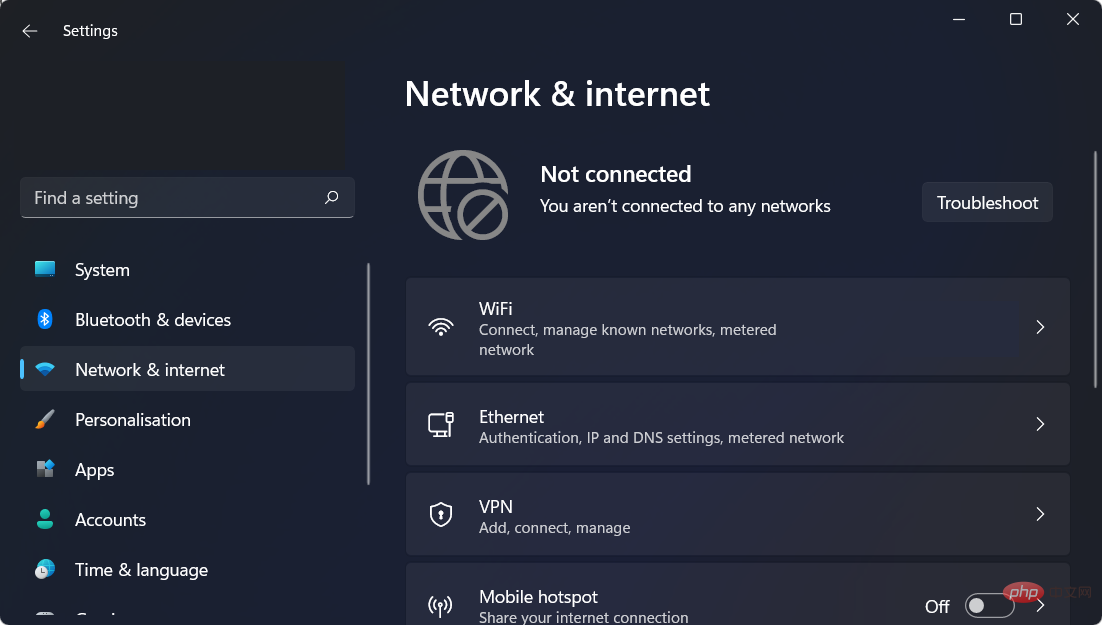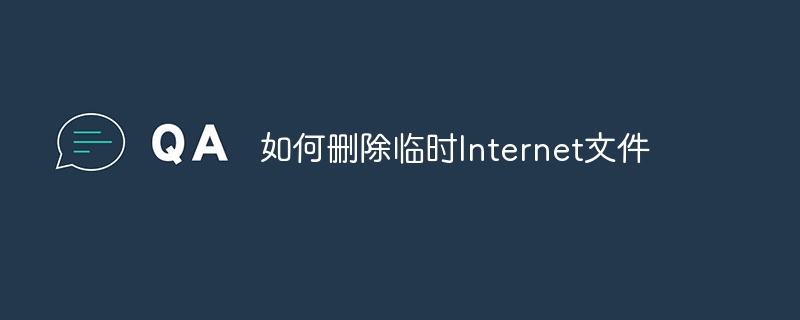Reprinted from: http://blog.csdn.net/m13666368773/article/details/8060481
The concept of forward proxy
Forward proxy, also known as the legendary proxy, works like a springboard,
Simply put,
I am a user, I cannot access a certain website, but I can access a proxy server
What about this proxy server? It can access the website that I cannot access
So I first connected to the proxy server and told him that I needed the content of the inaccessible website
The proxy server goes to get it back and returns it to me
From the perspective of the website, there is only one record when the proxy server comes to retrieve the content
Sometimes the user’s request is not known and the user’s information is hidden. It depends on whether the agent tells the website or not
The conclusion is that a forward proxy is a server between the client and the origin server. In order to obtain content from the origin server, the client sends a request to the proxy and specifies the target (origin server), and then the proxy forwards it to the origin server. Request and return the obtained content to the client. The client must make some special settings to use the forward proxy.
The concept of reverse proxy
Continuing with the example:
Example user visits http://ooxx.me/readme
But the readme page does not exist on ooxx.me
He secretly retrieved it from another server and then spat it out to the user as his own content
But users don’t know
This is normal, users are generally stupid
The server corresponding to the domain name ooxx.me mentioned here has a reverse proxy function
The conclusion is that a reverse proxy is just the opposite. It acts like the original server to the client, and the client does not need to make any special settings. The client sends a normal request to the content in the reverse proxy's namespace (name-space), and then the reverse proxy will determine where to forward the request (original server) and return the obtained content to the client, like these The content is its own original content.
The difference between the two
In terms of usage:
A typical use of a forward proxy is to provide access to the Internet for LAN clients within the firewall. Forward proxies can also use buffering features to reduce network usage. A typical use of a reverse proxy is to provide access to a server behind a firewall to Internet users. A reverse proxy can also provide load balancing for multiple servers on the backend, or buffering for slower servers on the backend.
In addition, reverse proxy can also enable advanced URL policies and management technologies, so that web pages in different web server systems exist in the same URL space at the same time.
From a security perspective:
A forward proxy allows clients to access arbitrary websites through it and hides the client itself, so you must take security measures to ensure that only authorized clients are served.
Reverse proxies are transparent to the outside world, and visitors do not know that they are accessing a proxy.
The above has introduced the difference between forward proxy and reverse proxy, including the relevant aspects. I hope it will be helpful to friends who are interested in PHP tutorials.
 什么是公网ipSep 27, 2021 am 10:30 AM
什么是公网ipSep 27, 2021 am 10:30 AM公网ip是指用公网连接Internet上的非保留地址,可以与Internet上的其他计算机随意互相访问。互联网上的每台计算机都有一个独立的IP地址,该IP地址唯一确定互联网上的一台计算机,这个IP地址就是指的公网IP地址。
 win11无法上网的问题如何解决?处理win11电脑无法连接到internet的方法指南Jan 29, 2024 pm 08:57 PM
win11无法上网的问题如何解决?处理win11电脑无法连接到internet的方法指南Jan 29, 2024 pm 08:57 PM我们在使用电脑的时候都会连接到网络,有了网络我们才能上网冲浪,近期也有不少的用户们在询问小编win11无法连接到internet怎么解决?用户们可以直接的打开系统给出的最佳匹配服务应用来进行设置,下面就让本站来为用户们来仔细的介绍一下win11电脑无法访问internet的解决方法吧。win11电脑无法访问internet的解决方法方法一:可以按下Win+S组合键,或者点击底部任务栏旁边的搜索图标,打开Windows搜索窗口。在搜索框中输入"服务",然后点击打开系统给出的最佳匹配服务应用。方法二
 internet的通信协议是什么?Dec 24, 2020 pm 02:53 PM
internet的通信协议是什么?Dec 24, 2020 pm 02:53 PMInternet采用的主要通信协议是“TCP/IP协议”,TCP/IP传输协议,即传输控制/网络协议,也叫作网络通讯协议;它是在网络的使用中的最基本的通信协议,TCP/IP传输协议对互联网中各部分进行通信的标准和方法进行了规定。
 如何在没有 Internet 连接的情况下设置 Windows 11Apr 15, 2023 am 10:46 AM
如何在没有 Internet 连接的情况下设置 Windows 11Apr 15, 2023 am 10:46 AM从内部版本22557及更高版本开始,Windows11需要Internet连接才能完成首次设置,也称为家庭版和专业版的开箱即用体验(OOBE),尽管有一种方法可以绕过此要求完全。由于微软希望用户将他们的计算机连接到他们的微软帐户,该公司正在对最初的Windows11设置进行更改,这将使得几乎不可能在没有Internet连接的情况下继续执行全新安装。或者,如果设置检测到设备没有网络连接,您将被发送到糟糕,您丢失了互联网连接屏幕。如果您单击重试选项,您将看到再次连接到Internet
 如何删除临时Internet文件Dec 06, 2023 am 10:56 AM
如何删除临时Internet文件Dec 06, 2023 am 10:56 AM删除临时Internet文件步骤:1、按下win+r打开“运行”,在运行对话框中输入:%temp%命令,点击确定或者回车,打开用户帐户临时文件夹;2、打开Temp文件夹后按下Ctrl+A键,选中全部临时文件,右键点击,在右键菜单中点击“删除”;3、若出现个别无法删除的临时文件重启电脑即可删除。
 internet选项打不开Jan 16, 2024 pm 02:04 PM
internet选项打不开Jan 16, 2024 pm 02:04 PMinternet选项打不开的操作步骤:1、打开IE浏览器,点击“工具”菜单,选择“Internet选项”;2、在打开的“Internet选项”窗口中,点击“高级”选项卡;3、在“高级”选项卡中,找到“重置”按钮,点击该按钮;4、在弹出的“重置Internet Explorer设置”窗口中,勾选“删除个人设置”选项,然后点击“重置”按钮;5、等待重置完成,然后重新启动计算机等等。
 ipv6无internet访问权限是什么意思Feb 20, 2023 am 11:52 AM
ipv6无internet访问权限是什么意思Feb 20, 2023 am 11:52 AMipv6无internet访问权限的意思为:没有从DHCP服务器获得分配的IPv6地址,所以没有访问网络的权限。ipv6无internet访问权限的主要原因:1、系统问题;2、网络及相关服务配置不正确,无线网卡的DNS未设置或者设置不正确;3、Internet选项设置不正确。
 网络无internet访问是怎么回事Jun 29, 2023 pm 04:30 PM
网络无internet访问是怎么回事Jun 29, 2023 pm 04:30 PM网络无internet访问的原因:1、宽带欠费;2、网线接触不良,加固一下网线;3、路由器和光猫故障;4、WiFi本身的问题;5、电脑系统问题;6、IP地址没有设置好;


Hot AI Tools

Undresser.AI Undress
AI-powered app for creating realistic nude photos

AI Clothes Remover
Online AI tool for removing clothes from photos.

Undress AI Tool
Undress images for free

Clothoff.io
AI clothes remover

AI Hentai Generator
Generate AI Hentai for free.

Hot Article

Hot Tools

EditPlus Chinese cracked version
Small size, syntax highlighting, does not support code prompt function

SublimeText3 English version
Recommended: Win version, supports code prompts!

MinGW - Minimalist GNU for Windows
This project is in the process of being migrated to osdn.net/projects/mingw, you can continue to follow us there. MinGW: A native Windows port of the GNU Compiler Collection (GCC), freely distributable import libraries and header files for building native Windows applications; includes extensions to the MSVC runtime to support C99 functionality. All MinGW software can run on 64-bit Windows platforms.

SublimeText3 Linux new version
SublimeText3 Linux latest version

SAP NetWeaver Server Adapter for Eclipse
Integrate Eclipse with SAP NetWeaver application server.






